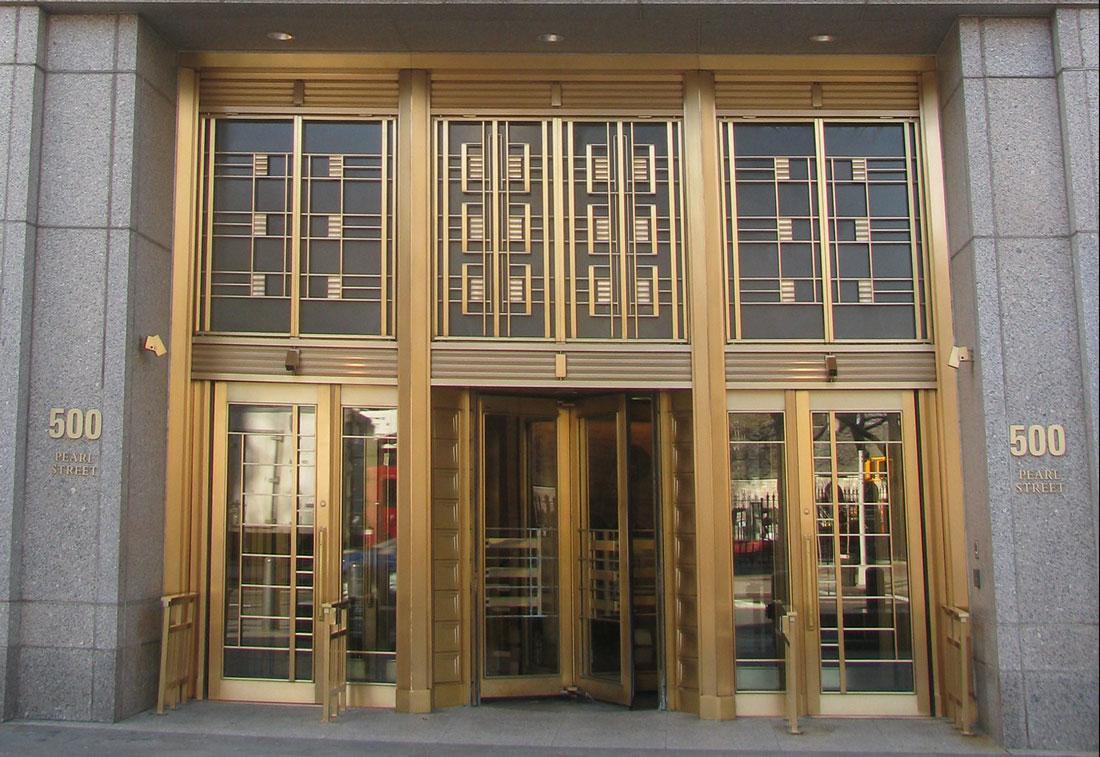
05 Jul Three Gains for Visual Artists Regarding Instagram
This Spring, we reported a troubling court decision that bode ill for visual artists using Instagram to promote their work. In Sinclair vs. Ziff Davis, LLC and Mashable, Inc. Judge Kimba Wood ruled that the claimant, photographer Stephanie Sinclair, did not have standing to bring a copyright lawsuit against Mashable since Mashable had used Instagram’s API to embed Sinclair’s image in their article. The ruling cited Instagram’s Terms of Use and Platform Policy, stating that those grant Instagram the right to sublicense posts and users to repost images via Instagram’s API. However, since that ruling was issued, three significant developments have bolstered visual artists’ rights on Instagram’s platform.
Instagram: Users do Not Have the Right to Embed Without License
The Sinclair decision raised alarm bells for visual artists. The Graphic Artists Guild joined a campaign initiated by ASMP and NPPA, which asked Instagram to close the loophole created by the Sinclair decision. The campaign asked Instagram to develop tools that would permit Instagram users to choose to block embedding of their posted images, individually and account-wide. Several articles published by artist advocates and photography websites raised alarm bells about the implications of the Sinclair decision.
Instagram must have been listening. In early June, they contacted Ars Technica with a statement:
“While our terms allow us to grant a sub-license, we do not grant one for our embeds API. Our platform policies require third parties to have the necessary rights from applicable rights holders. This includes ensuring they have a license to share this content if a license is required by law.”
The statement comports with Instagram’s copyright policy page, which appears to have been recently updated. Their platform policy currently states that users must:
“Comply with any requirements or restrictions imposed on usage of Instagram user photos and videos (“User Content”) by their respective owners. You are solely responsible for making use of User Content in compliance with owners’ requirements or restrictions.”
Similar Case, Different Outcome
Shortly before Instagram’s announcement to Art Technica, a similar case in the same court as the Sinclair ruling (the Southern District of New York), came to the opposite conclusion. In McGucken vs. Newsweek,LLC, photographer Elliot McGucken sued Newseek for copyright infringement. Newsweek had used McGucken’s photograph of Death Valley via Instagram’s API embed without a license. They filed a motion to dismiss the lawsuit, arguing that they had a valid sublicense to use the photograph via Instagram’s Terms of Service, and that the use fell under fair use. The court ruled denied both of those arguments, meaning that the lawsuit can proceed.
Thomas Maddrey, ASMP’s legal counsel, has written a short analysis of the case. In his article, he points out that in McGucken, the court considered the exact issues raised by the Sinclair case. Similarly to Sinclair, the decision acknowledges that Instagram’s Terms of Use grants the platform the right to sublicense, and its Platform Policy does grant users the right to share publicly posted work. However, in the McGucken decision, the court found no evidence of a sublicense, direct or implied, between Instagram and Newsweek. This last finding is crucial: while the Platform Policy grants Instagram the right to sublicense posted works, users of the API (such as Newsweek) cannot assume Instagram has automatically granted them the sublicense to embed those works.
A Reversal in Sinclair vs. Ziff Davis
In another welcome turnabout, on June 24th, the judge from Sinclair vs. Ziff Davis reversed her earlier decision. When Newsweek’s motion to dismiss McGuckent’s lawsuit was denied, Sinclair moved to have her case reconsidered. Judge Kimba Wood revised her earlier ruling “by finding that the pleadings contain insufficient evidence that Instagram exercised its right to grant a sublicense to Mashable.” Her reversal cited the “persuasive authority” of the McGucken ruling. The ruling orders the clerk of the court to reopen the case.
What This Means
While these recent developments are certainly encouraging news for visual artists, it’s unclear how these two court cases will turn out. As Maddrey points out, if the courts rule that Instagram’s Terms of Use and Platform Policy are unambiguous, it will be up to Instagram to change those to protect visual artists. However, these recent developments have thrown a bit of cold water on web users hoping to use social media embed options as grab bags of free images. JDSupra cautions users to look for specific sublicensing or consent language in platforms’ terms of use before embedding. If such language doesn’t exist, they should contact the original poster for permission to repost. For illustrators, photographers, and designers, that is the least – and the respectful – thing people wanting to use their work should do.
Featured image: Entrance to the Daniel Patrick Moynihan Courthouse, location of the Southern District Court of New York.
Photo cropped to fit. © edenpictures via flickr, CC BY 2.0
